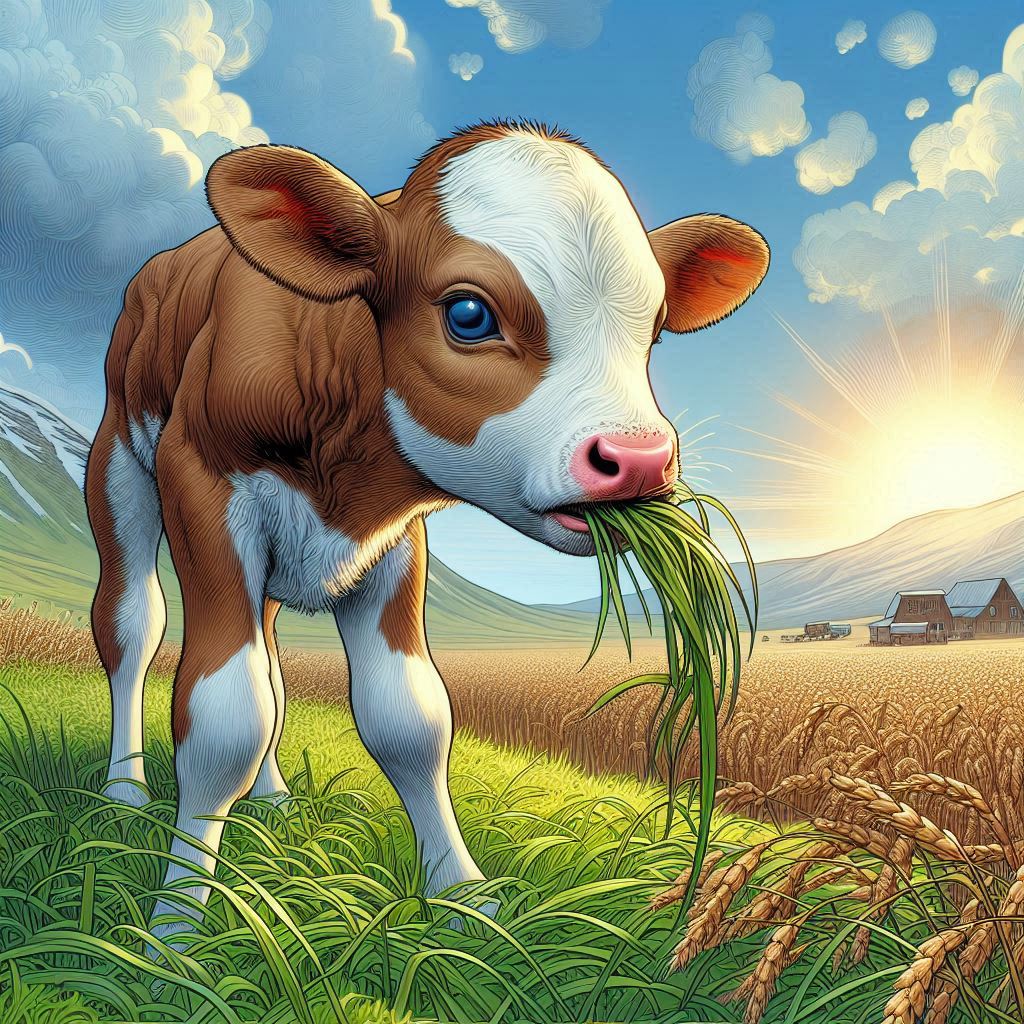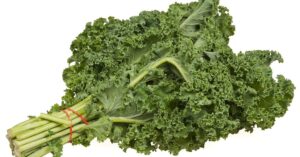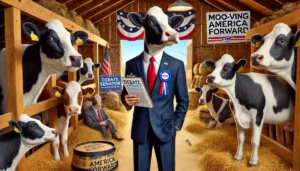
Weaning 2.jpg
Definition: Weaning
Weaning is the process of gradually introducing a young animal to a diet of solid food and reducing its dependence on its mother’s milk. This critical phase marks the transition from nursing to independent feeding and is essential for the healthy development and growth of livestock.
In-Depth Analysis and Applications
Overview: Weaning is a vital stage in the life of young animals, impacting their growth, health, and future productivity. Proper weaning practices ensure that the transition from milk to solid food is smooth and stress-free, minimizing health risks and promoting optimal growth.
Fall off the barn roof and busted your keister? Life on the farm or ranch can be tough on the bum. Need a break? Laugh it off at FarmerCowboy.com, the #1 farm humor site. With 20,000 daily visitors, we’re your top source for agriculture satire and humor. Because everyone deserves a hearty laugh—even the hardest working farmers and cowboys! Join us and turn those long days into fun tales at FarmerCowboy.com.
Types of Weaning:
- Natural Weaning:
- Occurs when the mother gradually reduces milk production, and the offspring naturally starts consuming more solid food.
- Common in wildlife and some extensive farming systems.
- Artificial Weaning:
- Managed by the farmer or caretaker, involving the planned reduction of milk feeding and introduction of solid food.
- More common in intensive livestock operations.
Weaning Age:
- Dairy Calves: Typically weaned between 6-8 weeks of age.
- Beef Calves: Weaning age ranges from 6-8 months.
- Lambs and Kids: Usually weaned at 2-3 months of age.
- Piglets: Generally weaned at 3-4 weeks of age.
Importance of Weaning: Weaning is crucial for:
- Nutritional Independence: Transitioning to a diet that supports rapid growth and development.
- Health Management: Reducing the risk of milk-borne diseases and encouraging the development of a robust digestive system.
- Productivity: Preparing young animals for the next stages of growth and production, such as breeding or market readiness.
Weaning Strategies:
Step-by-Step Guide to Weaning:
- Preparation:
- Nutritional Plan: Develop a comprehensive nutritional plan that includes high-quality starter feeds, clean water, and appropriate supplements.
- Health Check: Ensure that the young animals are healthy and free from illnesses before starting the weaning process.
- Gradual Transition:
- Introduce Solid Feed Early: Start offering solid feed, such as calf starter, lamb creep feed, or piglet starter, at an early age to familiarize young animals with it.
- Reduce Milk Gradually: Gradually reduce the amount of milk or milk replacer over a period of days or weeks to encourage the consumption of solid feed.
- Monitoring and Support:
- Observe Behavior: Monitor the behavior and health of the animals closely during the weaning process. Look for signs of stress, reduced feed intake, or illness.
- Supplemental Feeding: Provide additional nutrients or supplements if necessary to support the transition and ensure adequate growth.
- Post-Weaning Care:
- Health Management: Continue regular health checks and vaccinations to prevent diseases.
- Nutritional Support: Ensure that the animals have access to high-quality feed and water to support their growth and development post-weaning.
Pro Tips for Successful Weaning:
- Consistent Feeding Schedule: Maintain a consistent feeding schedule to minimize stress and encourage regular eating habits.
- Quality Feed: Use high-quality starter feeds designed to meet the nutritional needs of young animals during weaning.
- Environmental Comfort: Provide a comfortable and stress-free environment to reduce weaning stress. This includes adequate space, proper ventilation, and clean bedding.
Applications in Livestock Production:
- Dairy Calves: Successful weaning ensures healthy growth and prepares calves for future milk production.
- Beef Calves: Proper weaning practices improve weight gain and overall health, contributing to higher market value.
- Lambs and Kids: Effective weaning promotes rapid growth and reduces the risk of weaning-related illnesses.
- Piglets: Early weaning practices in pigs enhance growth rates and feed efficiency, leading to better productivity.
Economic Impact: Effective weaning practices enhance the economic viability of livestock operations by improving growth rates, reducing mortality, and preparing young animals for productive roles in the herd or flock. Proper weaning reduces the need for medical interventions and promotes better overall health, leading to increased profitability.
Challenges and Considerations:
- Weaning Stress: The transition from milk to solid food can be stressful for young animals, potentially leading to reduced feed intake and health issues.
- Nutritional Adequacy: Ensuring that the solid feed meets the nutritional needs of young animals is crucial for preventing growth stunting and health problems.
- Environmental Factors: Maintaining a clean, comfortable, and stress-free environment is essential for minimizing weaning-related stress and illnesses.
Environmental Considerations: Effective weaning practices contribute to more sustainable livestock farming by promoting healthy growth and reducing the need for medical treatments. Sustainable weaning practices ensure that young animals grow efficiently, minimizing resource use and environmental impact.
Future Directions:
- Technological Advancements: Development of advanced weaning technologies and nutritional products to support the health and growth of young animals.
- Genetic Research: Exploring genetic factors that influence weaning success and growth to improve breeding strategies.
- Sustainable Practices: Emphasizing sustainable and humane weaning practices to enhance animal welfare and productivity.
Industry Trends:
- Precision Livestock Farming: Increasing use of technology and data analytics to optimize weaning practices and overall herd health.
- Global Collaboration: Sharing best practices, research findings, and technological innovations globally to enhance weaning techniques and outcomes.
Helpful Tips for Farmers:
Step-by-Step Guide to Weaning:
- Preparation:
- Observation: Monitor pregnant animals closely as they approach their due date. Look for signs of early labor and behavioral changes.
- Birthing Area: Prepare a clean, dry, and comfortable birthing area. Ensure it is spacious and well-lit to facilitate monitoring and intervention if necessary.
- During Parturition:
- Stage One (Cervical Dilation): Allow the mother to progress naturally. Provide a quiet and stress-free environment. If prolonged, consult a veterinarian.
- Stage Two (Delivery): Monitor the progress of labor. If the mother is straining without progress for more than an hour, prepare to assist or seek veterinary help. Ensure hands and equipment are sanitized before assisting.
- Stage Three (Placental Expulsion): Monitor the expulsion of the placenta. If retained for more than 12 hours, seek veterinary assistance.
- Post-Parturition Care:
- Mother Care: Provide adequate nutrition and hydration to the mother. Monitor for signs of infection or postpartum complications.
- Newborn Care: Ensure the newborn is breathing and dry. Encourage the mother to clean and bond with her offspring. Ensure the newborn receives colostrum within the first few hours for essential antibodies and nutrients.
Pro Tips for Ensuring Successful Weaning:
- Colostrum Quality: Test colostrum for antibody levels. Store high-quality colostrum for future use.
- Storage: Freeze excess colostrum in clean, labeled containers for later use. Thaw colostrum slowly in warm water to preserve its quality.
- Colostrum Substitutes: Use commercial colostrum replacers if natural colostrum is unavailable or of poor quality. Choose products with high immunoglobulin content.
Resources for Further Exploration:

Originally posted 2024-06-12 08:33:21.
Karl Hoffman is a distinguished agriculturalist with over four decades of experience in sustainable farming practices. He holds a Ph.D. in Agronomy from Cornell University and has made significant contributions as a professor at Iowa State University. Hoffman’s groundbreaking research on integrated pest management and soil health has revolutionized modern agriculture. As a respected farm journalist, his column “Field Notes with Karl Hoffman” and his blog “The Modern Farmer” provide insightful, practical advice to a global audience. Hoffman’s work with the USDA and the United Nations FAO has enhanced food security worldwide. His awards include the USDA’s Distinguished Service Award and the World Food Prize, reflecting his profound impact on agriculture and sustainability.





